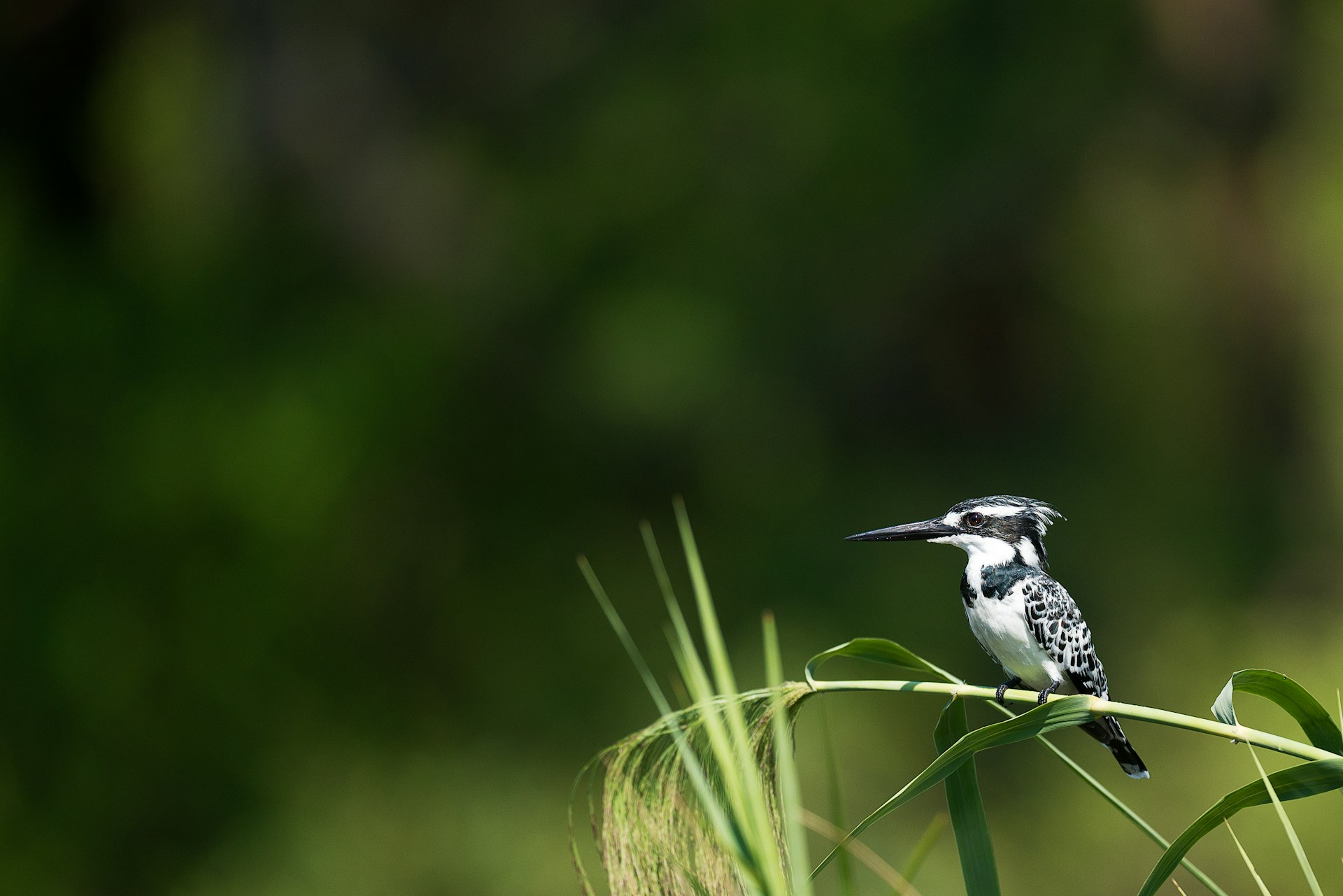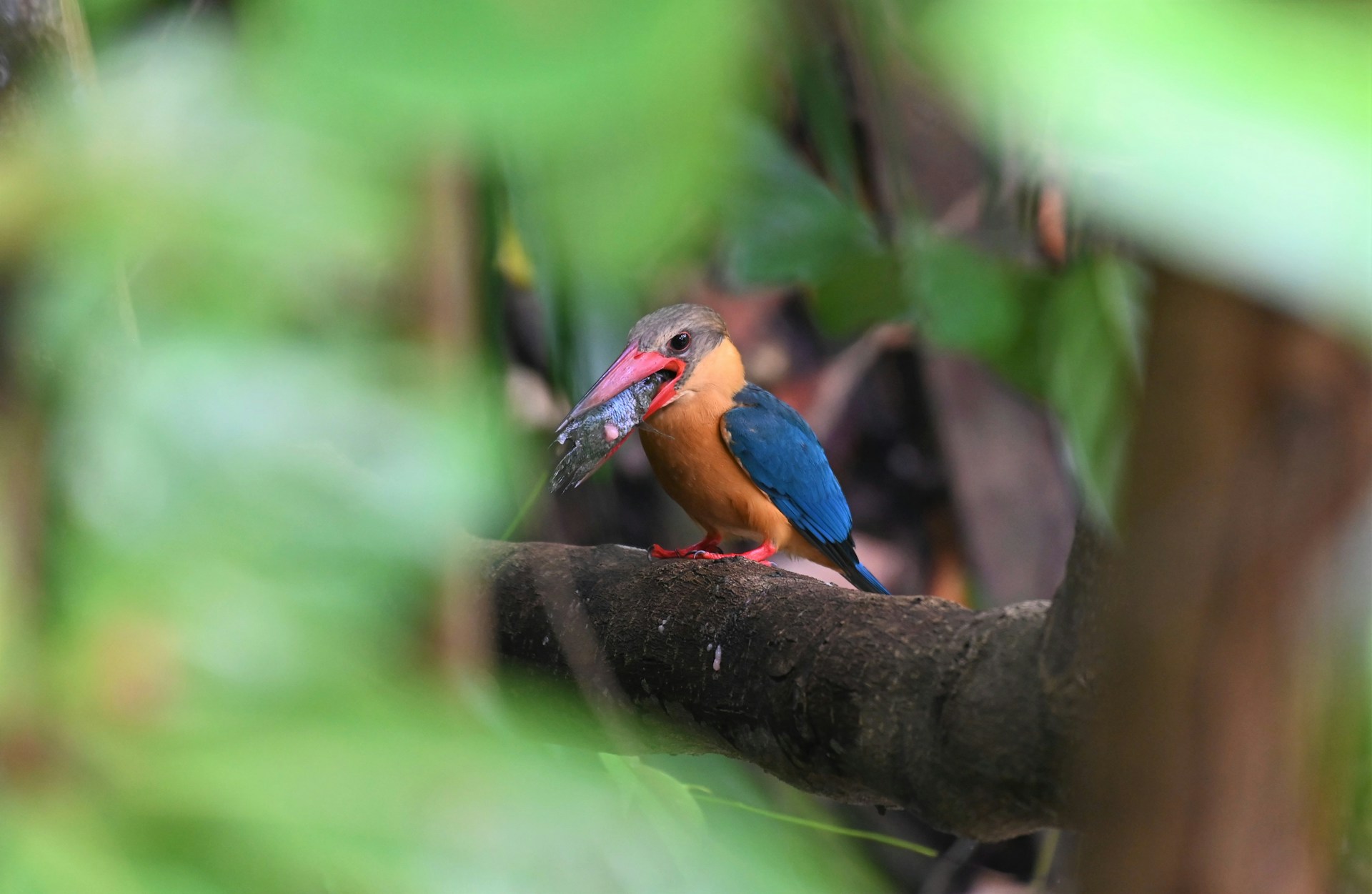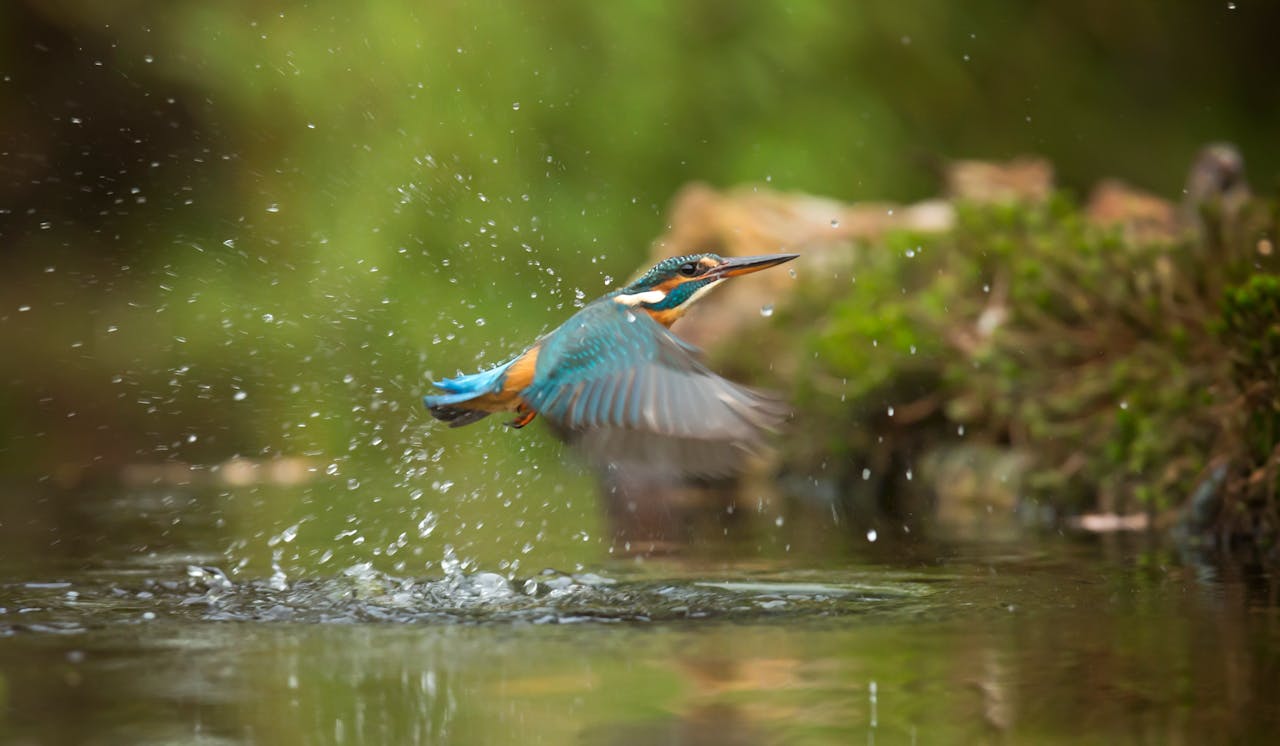Kingfishers are a dream subject for many wildlife photographers. Their vibrant colors, quick movements, and unique hunting dives make them fascinating to capture. But photographing them isn’t easy—they’re shy, fast, and often found in tricky spots. This guide will walk you through everything you need to know to get the perfect shot.
Understanding Kingfishers
These birds are most often found near freshwater habitats like rivers, lakes, and wetlands. They rely on clear water for hunting, making these areas their preferred homes.
Kingfishers are territorial and often return to the same spots to perch, fish, or nest. Pay attention to areas with overhanging branches or reeds near the water, as these make ideal perches for spotting prey. If you see a kingfisher repeatedly visiting the same branch, you’ve likely found one of its favorite spots.
Their daily routine plays a big role in when you can photograph them. Kingfishers are most active early in the morning and late in the afternoon. These are the times they hunt for fish, their primary food source. You might catch them mid-dive or perching with their catch, making for dynamic shots.
Kingfishers are also creatures of habit. They hunt by watching for fish from a perch, then diving swiftly to grab their prey. This predictable behavior gives you a chance to plan your shots, especially if you’ve observed the bird long enough to know its patterns.
Essential gear for photographing Kingfishers
Having the right gear can make the difference between a missed opportunity and a stunning shot. Here’s what you’ll need:
- Camera and lenses: A DSLR or mirrorless camera with fast autofocus and a high frame rate is essential. Pair it with a telephoto lens of at least 300mm to capture the bird from a distance without disturbing it. For greater reach, consider a 400mm or 600mm lens. If budget is a concern, teleconverters can extend your lens’s range.
- Tripod and gimbal head: A sturdy tripod keeps your shots steady, especially with heavier lenses. A gimbal head allows smooth movements for tracking the kingfisher’s quick motions, whether perched or in flight.
- Clothing and accessories: Wear muted or camouflage colors to blend into the surroundings. Bright colors can scare kingfishers away. A hat or light gloves can also be useful for long waits in the sun or cold.
- Waterproof gear: Kingfishers live near water, so a waterproof bag or rain cover for your camera is essential. Even a sudden drizzle can damage your equipment.
- Binoculars: Use binoculars to scout for kingfishers before setting up your camera. They help you observe from a distance without causing disturbances.
- Portable hide or blind: If kingfishers are particularly shy, a portable hide allows you to stay hidden while getting closer to them.
Gear alone doesn’t guarantee great shots—it’s about how you use it. Learn to adjust your settings quickly, position yourself thoughtfully, and take care of your equipment in outdoor conditions.

Best techniques
Their quick movements and shy nature require a thoughtful approach. These techniques will help you get the most out of every opportunity:
- Scout the area: Spend time observing the habitat before setting up your camera. Look for perches near the water, spots where the bird might dive, or paths they regularly use. Understanding the bird’s routine increases your chances of capturing great shots.
- Be patient and still: Kingfishers are easily spooked by movement. Once you’ve found a good spot, stay as still as possible. If the bird doesn’t feel threatened, it’s more likely to stick around.
- Set up before the bird arrives: If you’ve identified a favorite perch or hunting spot, position your camera and frame your shot ahead of time. This minimizes movement and keeps you ready when the bird appears.
- Use natural cover: Blend into the environment by using bushes, reeds, or trees for cover. If the area is open, consider a portable hide or camouflage clothing to avoid scaring the bird.
- Track movements: Kingfishers often dive for fish from the same perch multiple times. Watch carefully and be ready for the moment they take off. A continuous shooting mode will help you capture every part of the action.
- Control your composition: Frame your shots to include natural elements that tell a story. A kingfisher perched on a branch with water below can create a dynamic image. Keep the background simple if possible, as this highlights the bird’s vibrant colors.
- Master your camera settings: Use a fast shutter speed of 1/2000 or faster to freeze their movements during dives or flights. Pair this with a wide aperture, such as f/4 to f/5.6, to create a blurred background that highlights the bird. Adjust your ISO to ensure proper exposure, and rely on continuous autofocus to track the bird’s unpredictable movements.
- Work with natural light: Early morning and late afternoon light enhances the bird’s colors and adds warmth to your shots. Position yourself with the light behind you to illuminate the kingfisher clearly
The key to photographing kingfishers is patience and adaptability. Each bird and location offers something unique, so stay observant and open to new opportunities. Use the environment creatively, and always be ready for the unexpected.
Post-processing tips
Start by adjusting the exposure. Sometimes, even with careful settings, lighting conditions may lead to underexposure or overexposure. Use the histogram to check your image’s balance, and adjust the exposure or shadows accordingly to ensure the details in both the bird and the background are visible.
Next, work with the colors to enhance the kingfisher's vibrant plumage. Increase the saturation slightly, but be careful not to overdo it—kingfishers have natural, rich colors that can look artificial if pushed too far. Fine-tune the contrast to make the bird stand out against the background, especially if you're shooting in environments where the bird might blend in.
Pay attention to the white areas, as they can sometimes lose detail in bright lighting. Use local adjustments, like brushing the highlights or whites, to bring back subtle details without affecting the entire image.
Sharpness is important, particularly when capturing fast-moving birds. After sharpening, zoom in to check for any unwanted noise, especially in areas of uniform color like the sky or water. If noise is present, use noise reduction tools to smooth out the image, but don't overdo it, as it can soften important details like feathers.
Cropping can also play a key role in your final image. Focus on composition—eliminate distractions and ensure the bird is positioned in a way that draws the viewer's eye naturally. Use the rule of thirds if needed, but be mindful not to crop too tightly, as you might lose important parts of the bird or its environment.
Lastly, always keep the image’s natural feel intact. Post-processing is meant to enhance, not transform the photo. Subtle adjustments are often the best way to make your kingfisher shot stand out while preserving the bird's authenticity in the wild.

Ethical wildlife photography practices
First and foremost, always keep a respectful distance from the subject. Getting too close can stress the bird, especially since kingfishers are naturally shy. Use a long lens to photograph them from a safe distance, ensuring that you don’t invade their space.
Avoid chasing or disturbing the bird for a better shot, as this can interfere with their hunting, resting, or nesting. If a bird shows signs of stress, such as flying away or becoming agitated, back off and give it space.
Be mindful of the habitat as well. Avoid trampling vegetation, disturbing nests, or leaving behind trash. Keep noise to a minimum, as loud sounds can cause distress to wildlife. If you are shooting in a fragile ecosystem, consider your impact and ensure you are not contributing to habitat degradation.
Lastly, practice patience. Ethical photography isn’t just about avoiding harm—it’s also about allowing the subject to behave naturally without pressure. Take the time to observe and wait for the right moment, rather than forcing a shot. This approach ensures that you are honoring the animal’s space and allowing it to express its natural behavior, resulting in more genuine and respectful images.
